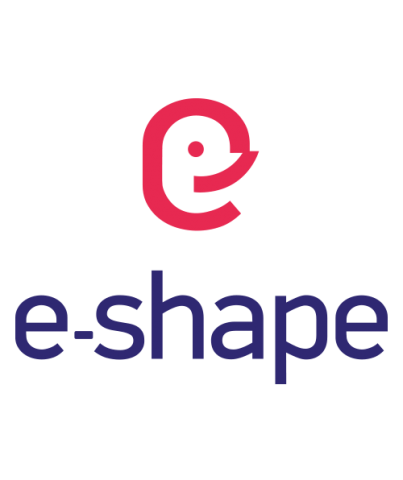Why AGROSTAC?
Ground truth data is essential for reliable and accurate agricultural research. For example to monitor crop productivity, crop location, biomass and yield are main inputs.
To train and validate the needed algorithms and models, researchers rely on ground truth data, which is not always available. Published and open data could be used to fill this gap, yet these data are scattered over many different sources, lack standardization and have incomplete metadata. This hampers the re-use of this data by others, causing an inefficient use of resources, while also limiting the calibration and validation work which in turn affects product quality.
To address this problem, WENR and VITO initiated AGROSTAC.
Collecting & harmonizing data to re-use
AGROSTAC collects and harmonizes georeferenced open data around key agronomy observations such as crop type, phenology, biomass, yield and leaf area. Published, open data sets are screened for key observations and selected data goes through a dedicated data curation procedure. This is a crucial step to ensure re-use of data beyond its original purpose of collection. In this procedure, metadata are checked and completed using all information available in the data files, supporting documents and associated publications. Data are converted into standard units, and phenology events are mapped to the BBCH scale. As a result, data can be offered in a FAIR manner (Findable, Accessible, Interoperable, Reproducible), and ready for use.
Currently you can explore the data via a viewer, and access the data via separate APIs to use it in your own workflow and applications.
The more data, the more relevance
Today AGROSTAC includes data sets from ODJAR (odjar.org), specific initiatives and phenology networks. We welcome more data to leverage the relevance and use of each single data set. If you share and open your data, we will further 'FAIRIFY' and add your data to AGROSTAC for wider use. Although we focus on key observations like crop type, phenology, biomass, yield and leaf area, the AGROSTAC solution is generic and can easily be enlarged to cover other field observations.
In order to grow and become self-sustaining, we are exploring sustainable business models and partnerships.
Do you see the values of FAIRIFYING key agronomy data? Please contact us to further discuss opportunities and contributions.
hendrik.boogaard [at] wur.nl (Contact Us)
How AGROSTAC can be used
Providing global monitoring services, based on easily accessible in-situ data.
Within the e-shape project, the added value of the centralized ground truth data is exploited. The system under study is a combination of three components:
- the CropObserve app, specifically designed to facilitate the easy collection of information at the parcel level
- AGROSTAC for the curation and public dissemination of the data
- EO-based monitoring services that are calibrated/validated with these reference data.
For the latter, the focus has been on crop calendar events such as harvest and crop emergence.
Through this workflow, the importance of high-quality reference data becomes very clear. For many monitoring services, the limited availability of proper reference data over larger regions is the main bottleneck that hampers the scaling-up, and thus the operational rollout. This is to a large extent mitigated through the centralized and curated data dissemination via AGROSTAC.
As such this work is also in support of the GEOGLAM in-situ data working group, which goal it is to built a community of practice to openly share agricultural in situ data to promote research to operation activities for global agricultural monitoring.





